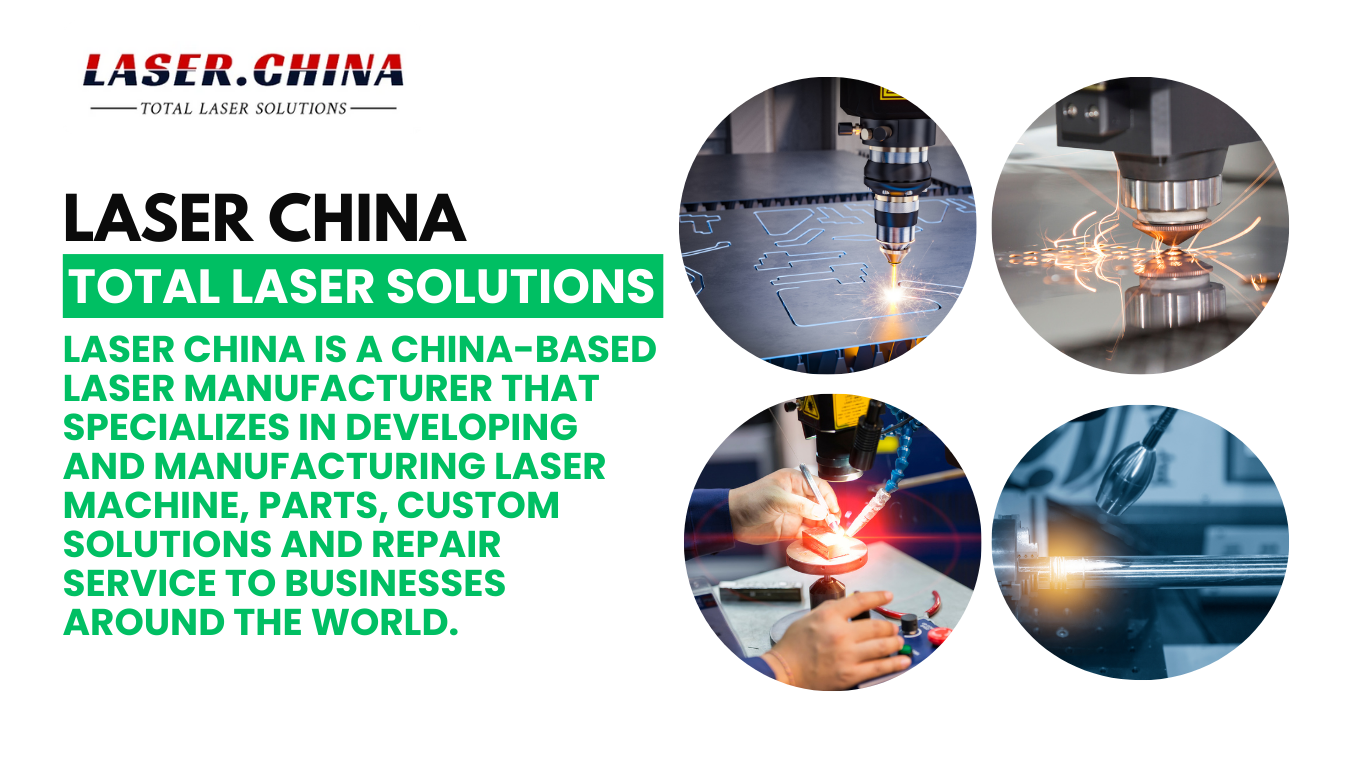Fiber laser metal cutting machines have revolutionized the manufacturing and metal fabrication industry in recent years. These machines use fiber optic technology to generate a laser beam capable of cutting through various types of metals with remarkable precision and speed. Understanding their advantages and considerations is essential for businesses looking to invest in this technology.
One of the most significant advantages of fiber laser cutting machines is their high cutting speed and efficiency. Compared to traditional CO2 laser cutters, fiber lasers offer faster processing times, especially when cutting thin to medium thickness metals like stainless steel, carbon steel, aluminum, brass, and copper. This increased speed translates directly to higher productivity and reduced operational costs, making fiber lasers an attractive option for mass production environments.
Another benefit is their exceptional cutting precision. Fiber lasers produce a small, focused beam with a narrow kerf width, which allows for intricate and complex cutting designs with minimal material wastage. This level of precision is especially valuable in industries where detailed metal parts are required, such as automotive, aerospace, and medical device manufacturing.
Fiber laser cutters also boast lower maintenance requirements and longer service life. Unlike CO2 lasers that rely on mirrors and require regular alignment and gas refilling, fiber lasers have a solid-state design with fewer moving parts. This results in reduced downtime, lower maintenance costs, and more consistent performance over time.
Energy efficiency is another critical advantage. Fiber lasers convert electrical energy into laser light with high efficiency (typically above 30%), significantly more than CO2 lasers (around 10-15%). This results in lower energy consumption and operating costs, which is an important consideration for environmentally conscious manufacturers and those looking to optimize expenses.
Furthermore, fiber lasers are known for their ability to cut reflective metals. Traditional CO2 lasers struggle with materials like copper, brass, and aluminum due to their reflective properties, which can damage the laser source. Fiber lasers, however, handle these materials more effectively, expanding the range of applications they can serve.
However, while fiber laser machines offer numerous benefits, there are important considerations to keep in mind. The initial investment cost for fiber laser cutting systems is relatively high. While the long-term operational savings often justify the expense, businesses must carefully assess their production volume and return on investment before committing.
Additionally, while fiber lasers excel at cutting thin to medium sheets of metal, cutting very thick metal plates (above 25-30mm) may not be as efficient or cost-effective compared to plasma or waterjet cutting. This limits their application in industries that require heavy plate processing.
Lastly, the operating environment and safety measures are crucial. High-powered laser beams can be hazardous to the eyes and skin, so appropriate safety enclosures, eyewear, and training are mandatory to protect operators and maintain compliance with industrial safety standards.
In summary, fiber laser metal cutting machines offer high-speed, precise, and energy-efficient cutting solutions suitable for a broad range of metals and industries. While the upfront investment is considerable, the long-term benefits in productivity, quality, and cost savings make them a valuable asset for manufacturers aiming to stay competitive in today’s market. Businesses must weigh their specific needs, production goals, and budget to determine if fiber laser technology is the right fit for their operations.
